Rose is a whimsical plant and needs careful care and care. The homeland of this delightful flower is Ancient Rome, where winters were soft and warm, air temperature never dropped below +3 degrees. Therefore, in the Russian climate it is important shelter roses for the winterso that they do not die from the frost. Some varieties are more resistant and can winter without additional protection, while others need warming.
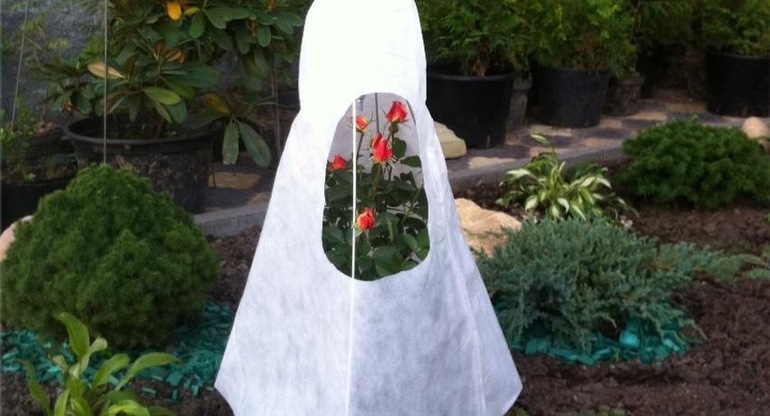
Content
Varieties in need of protection
In order to know exactly how to warm roses for the winter and when, it is necessary to take into account the variety, its winter hardiness and climatic conditions in the region where it is grown. The age of the plant and its general condition are also important.
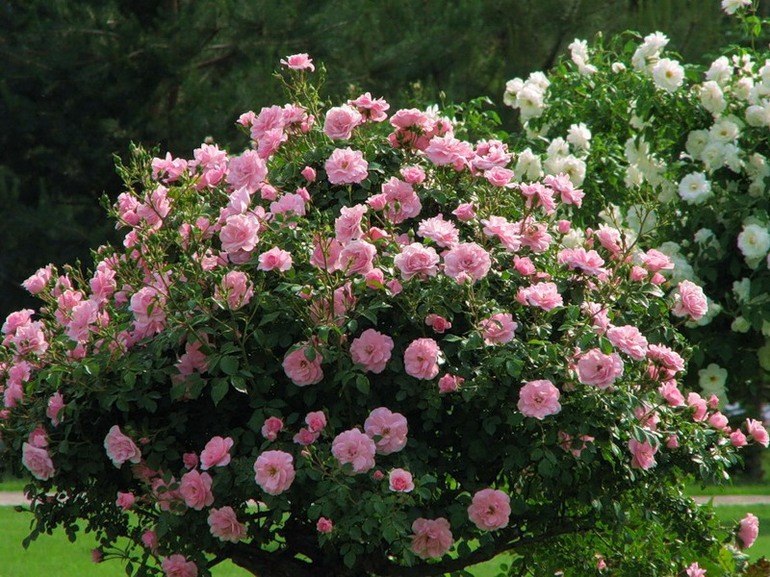
Park roses rarely need additional protection for the winter due to their high frost resistance. Species plants are no less winter-hardy - Glauka, Nitida, wrinkled, etc. Absolutely no need for shelter for Scabros, Jens Munch, John Davis, Hanza, as well as some hybrid ones.
 You may be interested in:
You may be interested in:Bush varieties, ground cover and tea-hybrid roses, climbing and standard varieties necessarily require winter warming. Hybrid tea plants often freeze by spring. However, if the bush was well bumped, a sufficient number of live shoots remain.
Optimal timing
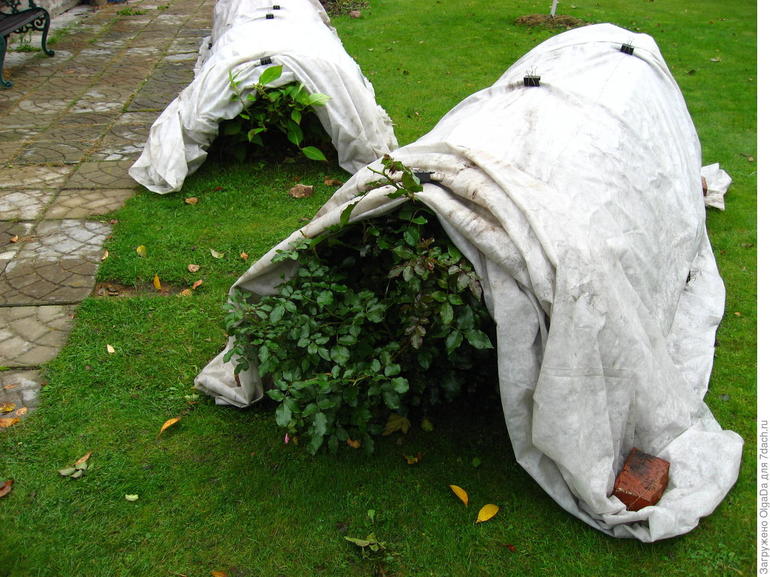
The optimal shelter time for rose bushes is the end of October. If you do this earlier, too high a temperature can lead to the growth of young shoots in winter, which is extremely undesirable. In addition, in the autumn, the soil is wetter, which can provoke rotting of the roots. The generally accepted recommendation for sheltering rose bushes is to do it when the air temperature drops to -5 degrees and remains at this level for a week.
The first frosts are not only not afraid of flowers, but even bring some benefit. Thus, plants correctly enter the period of winter dormancy, and shoots and roots undergo additional hardening.
Before close roses for the winter, you need to carry out preliminary training. Over the summer, a flowering plant greatly depletes the supply of nutrients in the soil. Therefore, before the onset of cold weather, it should be fed. If you do this with “summer” fertilizers, the bush will build up green mass and will not be able to properly prepare for winter. For autumn top dressing, special formulations are used:
- Mineral fertilizers - calcium, potassium, phosphorus. To prepare, take a bucket of water and add 16 g of potassium monophosphate and 15 g of superphosphate.
- You can mix 10 potassium sulfate, 2.5 g of boric acid and 25 g of superphosphate.
- Home nutritional products - wood ash or banana peel.
- Complex fertilizer "Autumn".
Necessary materials
Close the winter rose bushes can be artificial or natural materials. Regardless of the type of insulation, it must be dry. If you shoot the shoots with moist soil or foliage, this will lead to the formation of rot, mold or the propagation of pests.
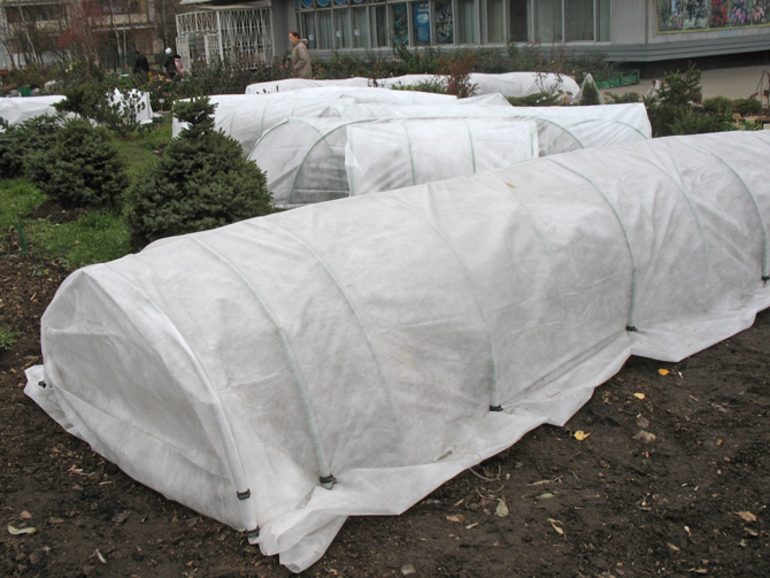
Any covering material for roses for the winter must meet the following requirements:
- permeability to steam - the plant should not vypryvat under a protective layer;
- resistance to any weather conditions;
- mechanical strength and durability;
- ease of use;
- affordability.
Synthetic films and bottles
These sheltering materials are most popular among gardeners and are most often used in garden areas. The most affordable variety is transparent plastic wrap. You can buy it at hardware stores. Main advantages:
- ability to transmit light;
- protection against moisture and precipitation;
- durability.
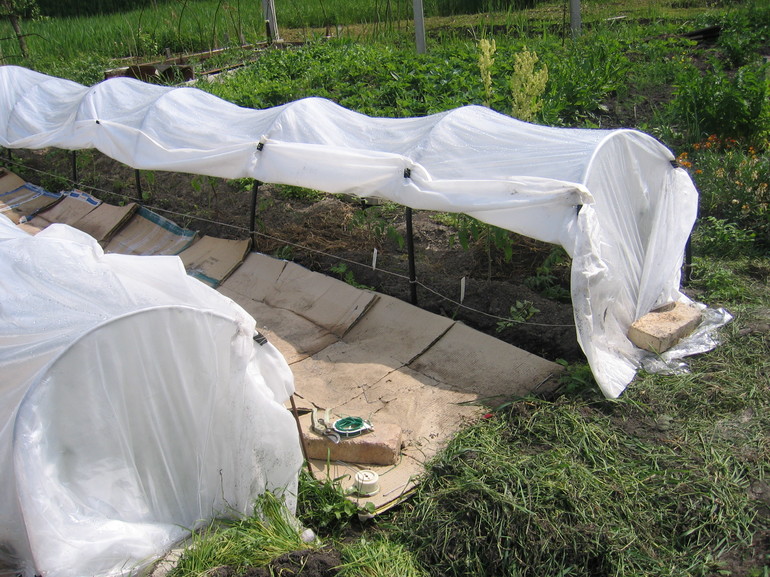
The disadvantages include the fact that moisture accumulates under the film and the plant begins to rot. To avoid this, small holes can be made in the protective coating or removed when warming.
Non-woven options are now becoming increasingly popular. These include agrospan, spanbond, lutrasil. They pass air well, provide reliable insulation from the cold and are characterized by a high degree of durability. With such a heater, rose bushes are covered in several layers. White is optimal, as black nonwovens quickly heat up during the thaw and begin to accumulate moisture.
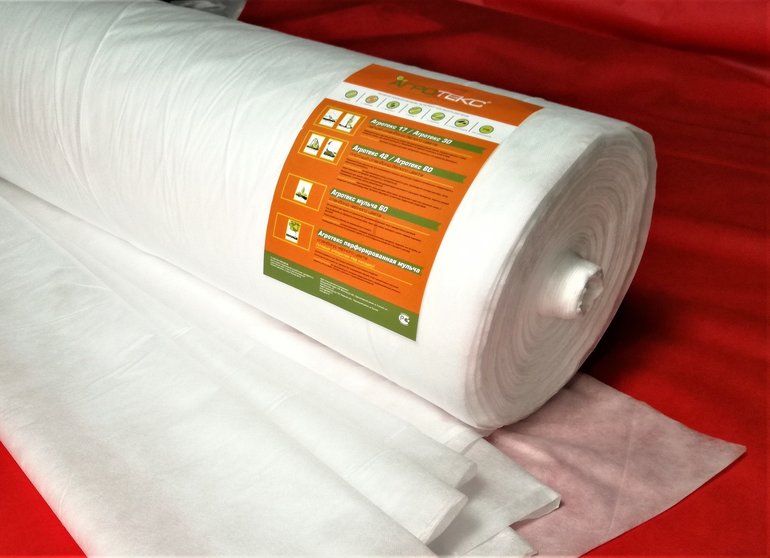
You can cover the bush with polycarbonate before the onset of frost. However, if the temperature drops to 0 degrees, you need to cover with agrofiber from above, having built a structure such as a hut.
Cardboard can be used as a shelter frame. It passes air well and protects from the wind. Spunbond or polyethylene is applied on top of the cardboard layer. However, when the snow melts, such a structure quickly gets wet.
Woven Burlap
Sacking is a rare material these days. Along with natural fabrics, polyethylene-lined options are used. The disadvantage of this combination is poor air penetration. Traditional burlap is also not an ideal solution, as it absorbs water quickly and can freeze.
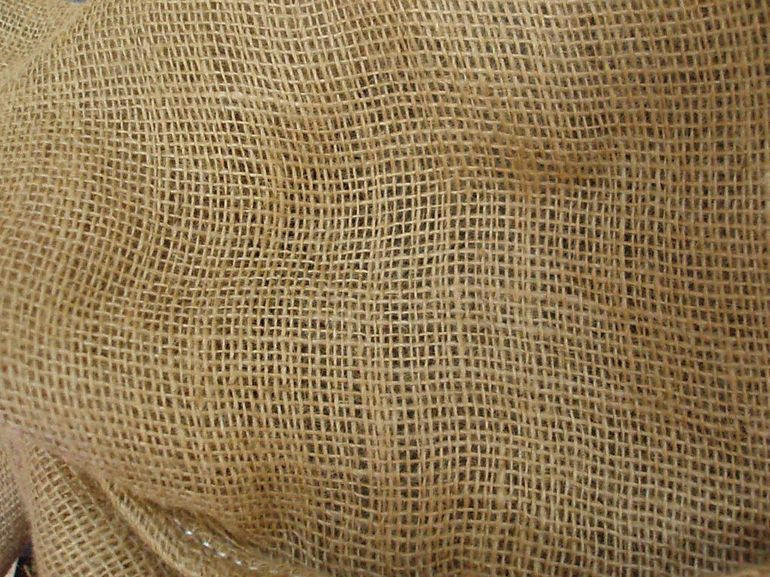
Lapnik and straw
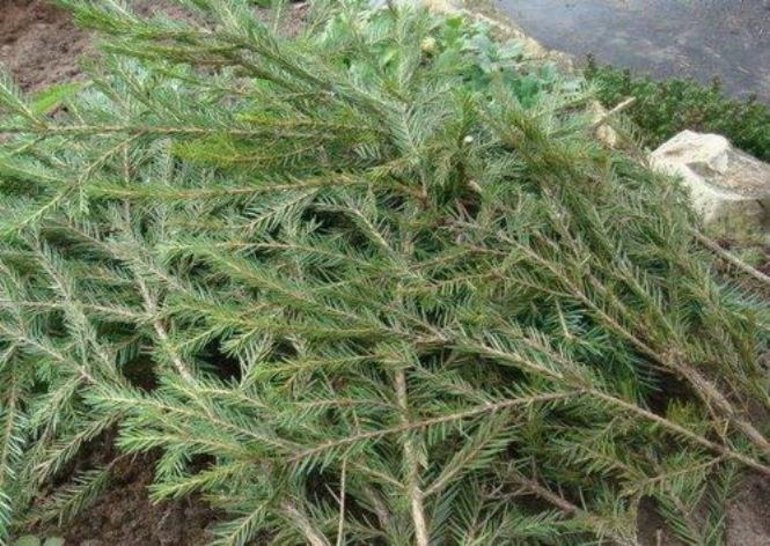
A popular way to keep plants from frost is spruce spruce branches. It allows you to create an air gap, protects roses from bright sunlight and rodents. Branches for the organization of shelter should be taken only from healthy trees. If there are yellowed needles or painful growths, it is better to postpone such paws. This type of covering material will allow you to reliably insulate rose bushes without the risk of aging. It is possible to supplement the construction of a film or non-woven material with fir branches.
Straw has a good heat-insulating effect. However, this material There are many disadvantages:
- When the temperature rises, the material gets wet, begins to cake, rots and molds.
- Straw does not let light through. The lack of sunlight leads to a slow warming up of the soil and a delay in vegetation.
- In cold time, rodents begin to settle in the crowbar, which damage the root system of roses.
Shelter Rules for Different Varieties
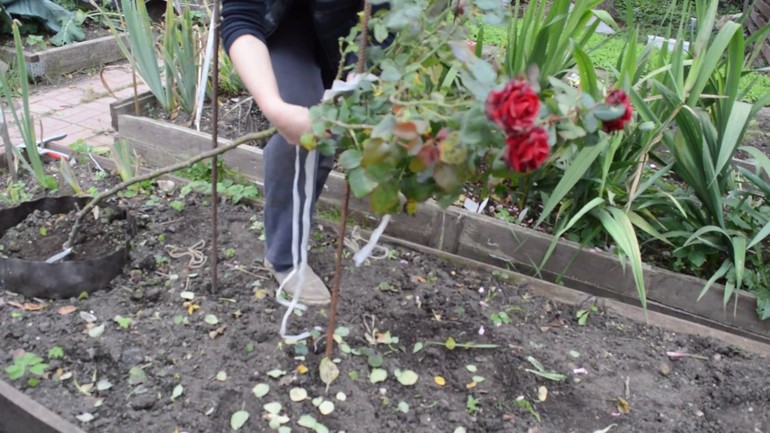
For standard varieties of roses, shelter for the winter is strictly necessary. They almost do not need pruning, enough remove dead shoots and leaves. Young bushes are tilted to the ground and fixed with metal pins or staples. Sand, dry leaves or needles are poured at the base of the shoots. The crown is covered with spruce branches, and from above the whole plant is covered with a film or other waterproof material.
Mature plants can break, therefore they cannot be bent. Around such instances arrange a frame of the type of wigwam or wrap them with roofing material (air-dry closure).Inside the resulting structure, it is necessary to fill up sawdust, spruce needles or dry foliage. Wrap on top with a film and fasten with twine.
Bush varieties
Before you cover the bush rose for the winter, you need to remove all green shoots and leaves from it. The bushes are cut to a height of 40 cm and treated with antifungal agents. Next, they shelter in one of three ways:
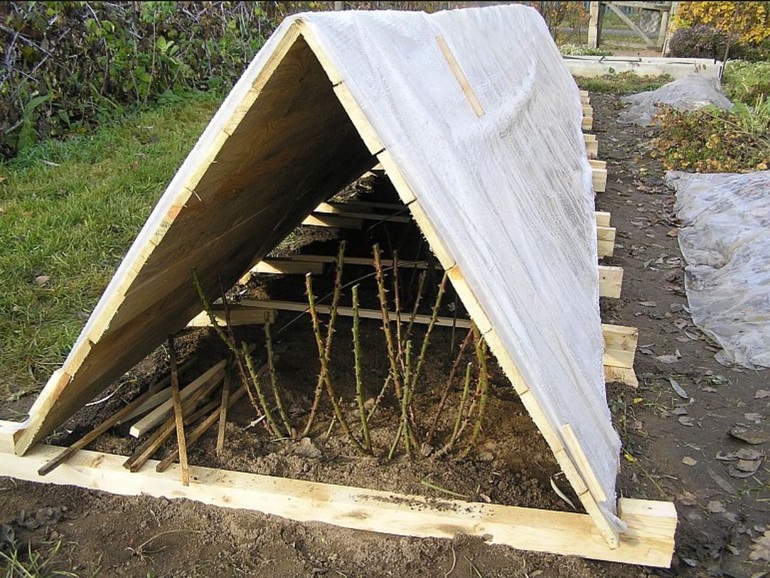
- They build a special hut from 2 knocked-down boards, cover them with foil.
- In warm winters, you can fill the base of the bush with mulch or soil, and lay spruce spruce branches or dried leaves on top.
- The dry method of sheltering roses is used for the most expensive varieties. The flower is cut to the ground or laid on the ground and fixed with brackets. The spruce branches are laid on top, and foliage or sawdust is poured on it. Pegs are driven around the bush, onto which the film is pulled. I fix its edges with heavy objects. On one side leave a vent for ventilation.
Climbing roses
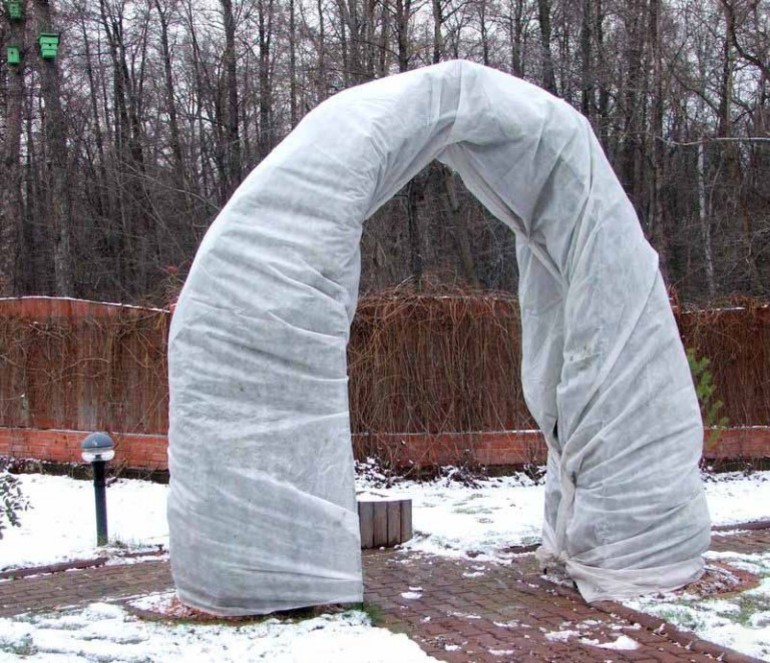
This variety of roses requires special care during preparation for winter. Long lashes are very easy to damage. Before starting the procedure, pinch the shoots, remove leaves and petioles from them. Carefully remove the lashes from the supports. If there are wounds and injuries on the stems, they are sprinkled with crushed coal. There are two ways to cover a climbing rose for winter.
At the first approach, the base of the bush is sprinkled with soil, needles are poured on top, then sand and spruce branches. The scourge of roses neatly removed from supports and stacked on a spruce branch. From above, they are also covered by branches and wrapped in film.
The second method is more complicated. All lashes are twisted into a thick tourniquet and placed on a wire frame so that the rose does not come into contact with the soil. A canopy of wooden planks is built over the shoots, and everything is covered with a film on top.
Park views
For park roses, shelter for the winter is optional, since they tolerate cold well. However, young bushes are still better protected, especially if you need to cover roses for the winter in the Volga region and other regions with long winters. So that next spring the plant forms healthy powerful roots and delighted with abundant flowering, Formative pruning is carried out in the fall. Since August, park roses cease to loosen and water. Before the onset of the first frosts, the bushes spud and sprinkle with soil or peat 15 cm.
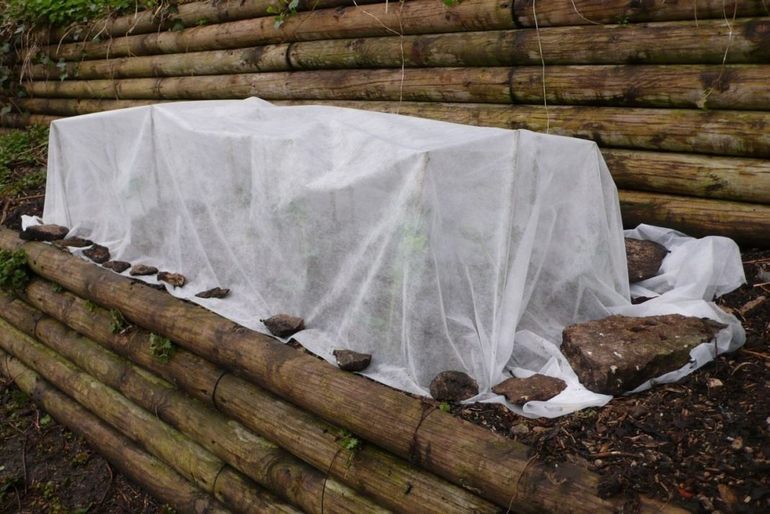
Genus of floribunda and ground cover
Plants of the genus floribund must be cut and sheltered for the winter. Over the soil should remain shoots with a height of not more than 25 cm. They are sprinkled with peat or soil.
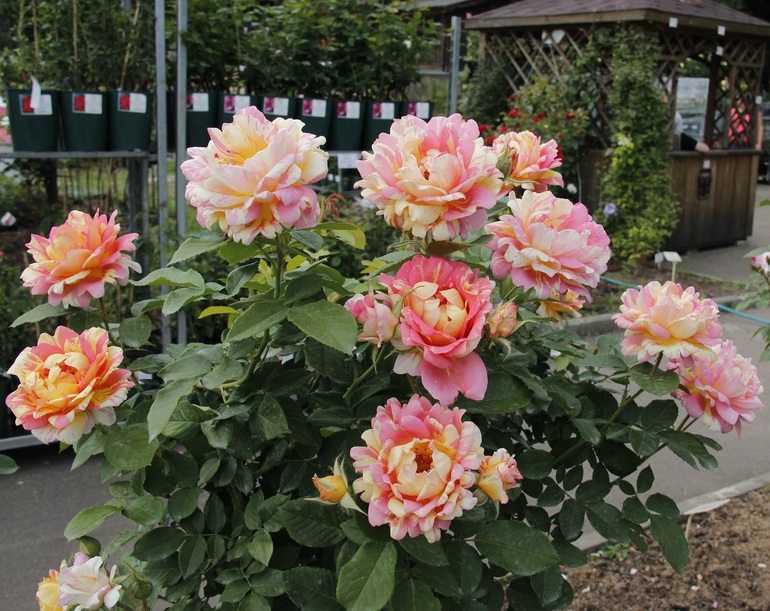
Groundcover roses usually do not need additional protection. The exception is winters with low temperature and no snow. The simplest solution is to wrap low bushes with lapnik or lutrasil.
Types of protective structures
Shelter of roses for the winter in the middle lane can be carried out using frame and frameless designs. The first type requires large labor costs, but its effectiveness is incomparably higher. In this design, roses are protected from aging due to the air cushion.You can make a frame with your own hands from metal rods, thin pipes, wooden battens, wire. Upholstered with such a "hut" plywood or boards. Old baskets are also suitable. The shape of the frame can be different - spherical, rectangular, pyramidal, conical. In the spherical shelter, bush varieties feel most comfortable in winter, and for low plants it is convenient to build a cone-shaped protective structure.
Procedure for the construction of a frame of metal rods:
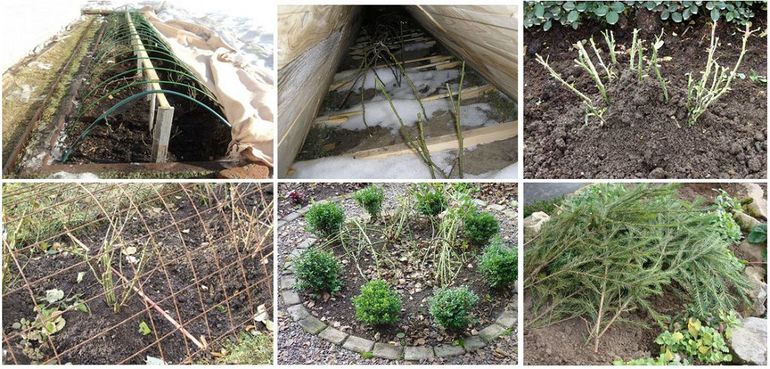
- The bush is pre-prepared - cut or bent to the ground.
- Around mark points for the installation of supports.
- Several branches are bent over the plant, forming arcs. Their ends are dug into the ground by 10 cm.
- In the area of the dome of the future structure, all arcs are fixed with a bar.
- Shelter from above with material - lutrasil, film, burlap, etc.
- At the edges, the insulation material is fixed to the ground with stones and bricks.
Frameless shelters are well suited for old bushes that cannot be bent to the soil. Without breaking the shoots. For the manufacture of pipes and wires are not required. Only material for shelter and heavy objects for fixation will be needed.

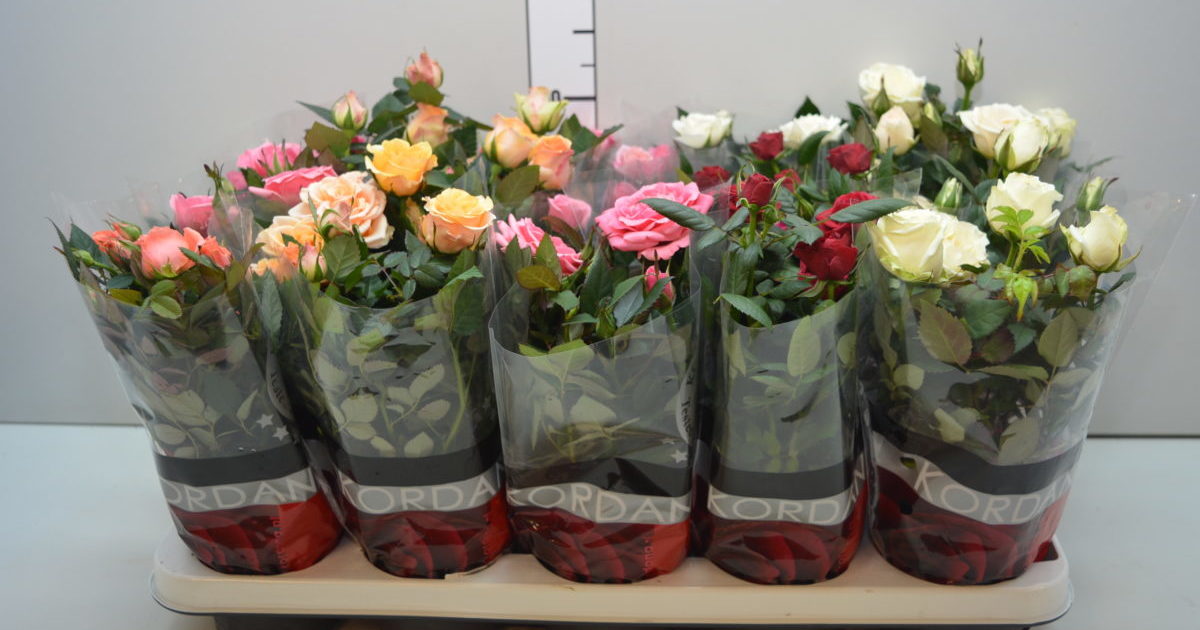
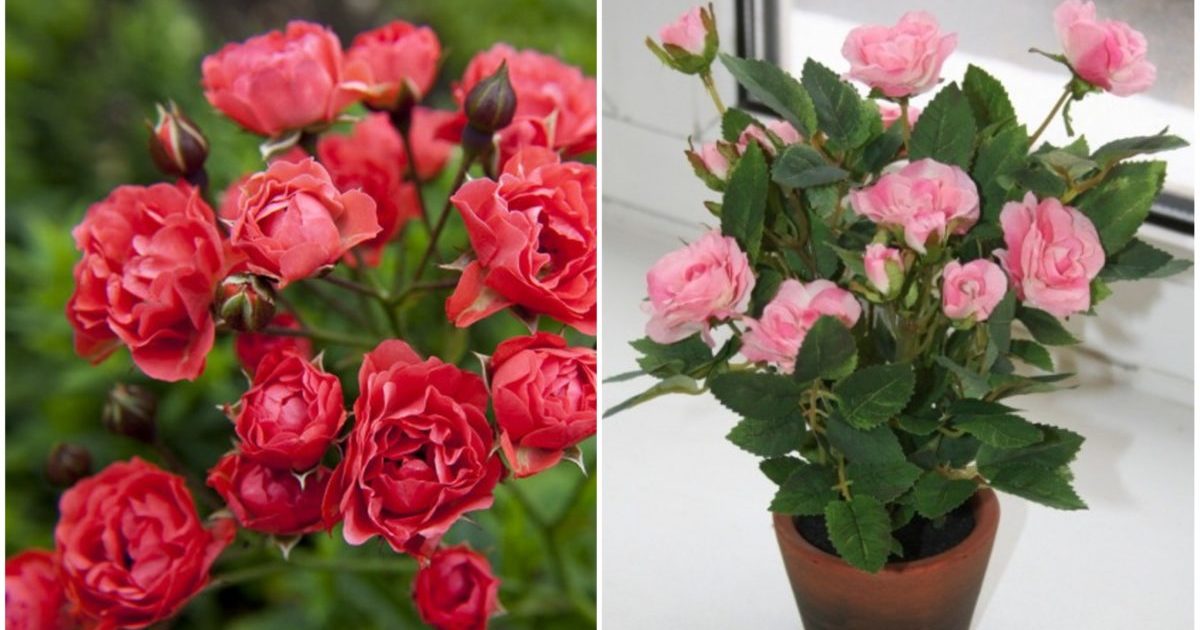
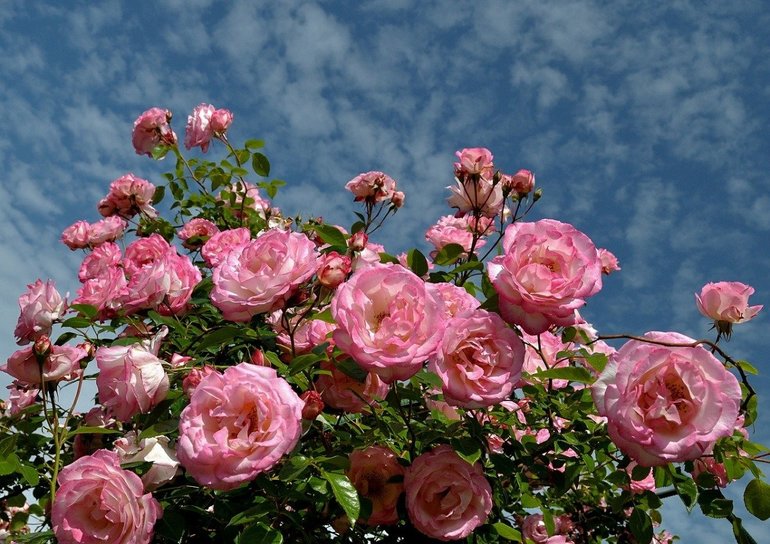
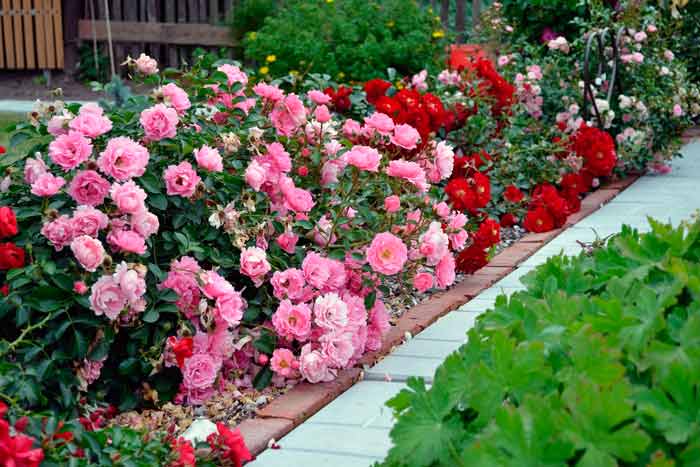 Shelter of roses for the winter: at what temperature does the robot hold
Shelter of roses for the winter: at what temperature does the robot hold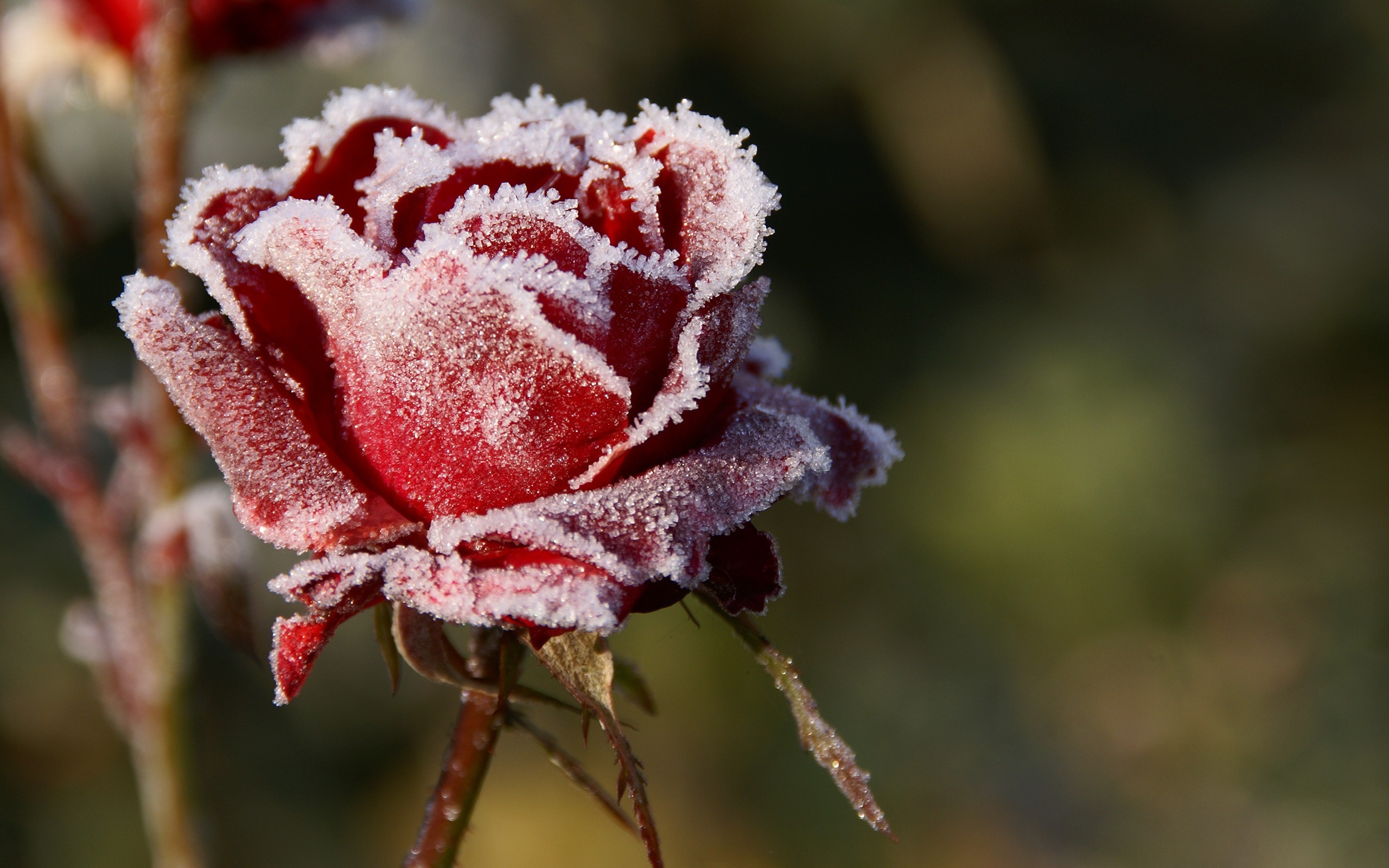 How to prune roses in the fall: timing, pruning rules, pros and cons
How to prune roses in the fall: timing, pruning rules, pros and cons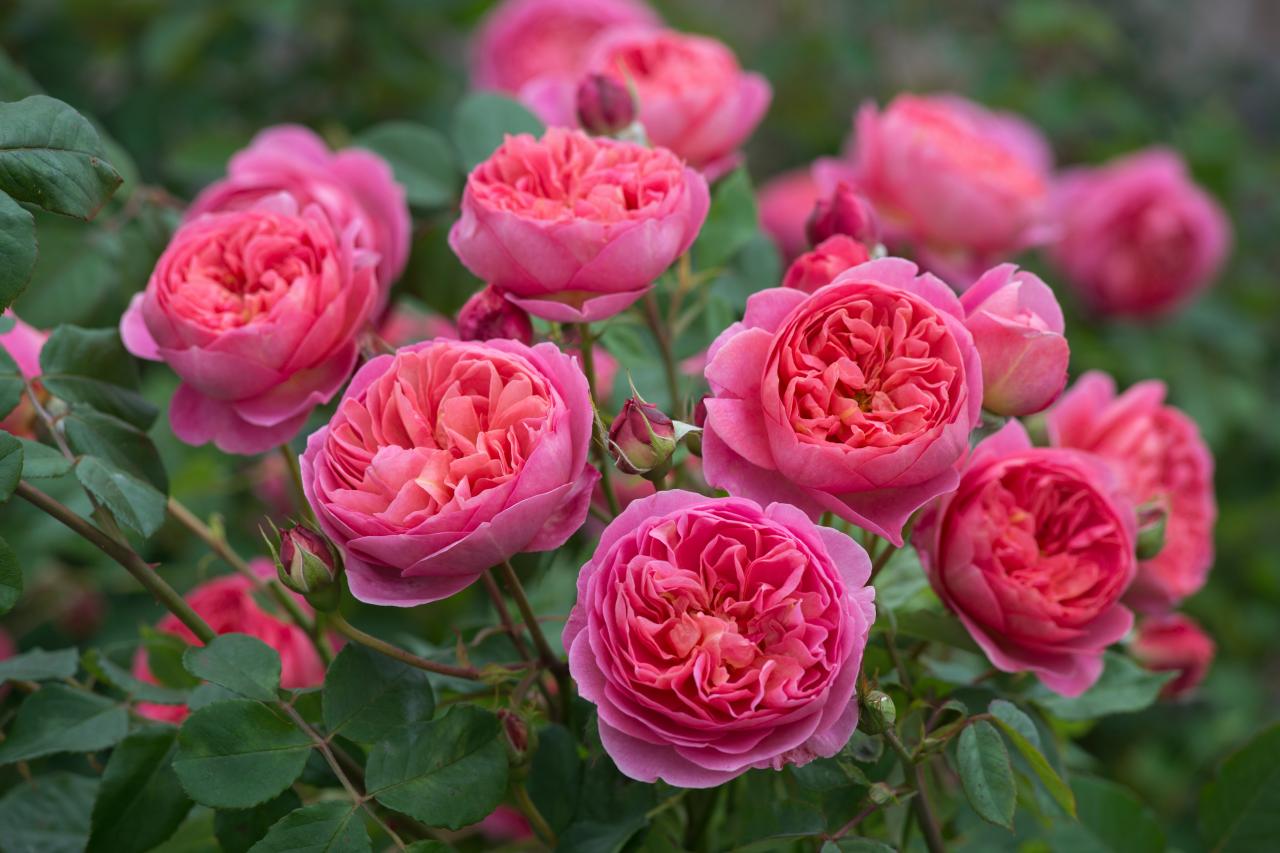 What are the varieties and types of roses
What are the varieties and types of roses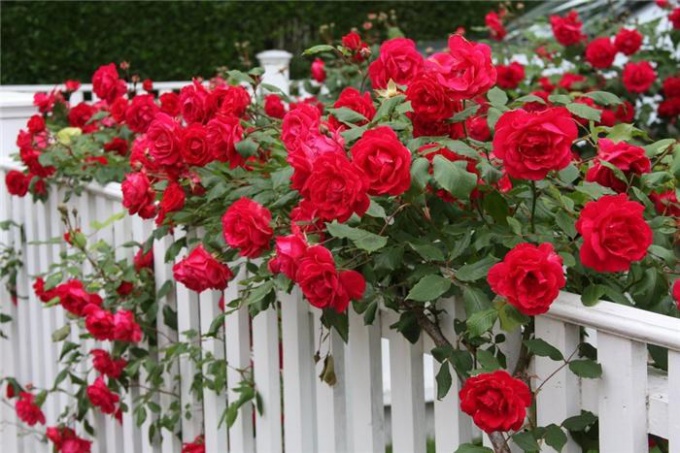 How to process roses with iron sulfate in autumn: proportions, advantages and disadvantages
How to process roses with iron sulfate in autumn: proportions, advantages and disadvantages